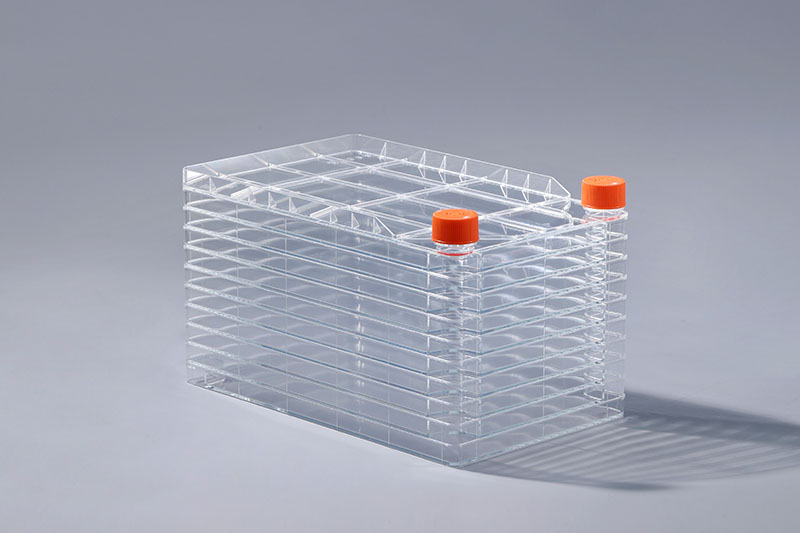Common contamination of cell factory cultured cells - chemical contamination
Cell contamination refers to foreign substances that are mixed into the cell culture environment to produce harmful components and cause cell impurity. There are many common contaminations when culturing cells in cell factories, among which chemical contamination is a very important and common type.
Many chemicals in the culture environment can cause contamination of cells. Nor do these chemicals always inhibit cell growth. Some substances, such as hormones, can promote cell growth in cell factories, but unpurified substances, media, water, serum, growth cofactors, and containers for storing reagents can all become source of chemical pollution.
1. Essential nutrients for cell culture, such as amino acids, will also be toxic to cells if the concentration exceeds the appropriate range.
2. Different cell lines have different requirements for serum and buffer under the optimal culture conditions, which should be strictly controlled during culture.
3. The most common chemical contamination is residual denaturant or soap (usually on the inner surface of the bottle cap) remaining in the glass cleaning process.
4. Water is the only compound that swells upon solidification, so this factor should be taken into account when choosing a container for cryopreserving cells.
5. In order to avoid the contamination of water by metal ions, organic molecules, intracellular toxins and other substances, ultrapure water without impurities must be used when preparing liquids and cleaning containers.
6. Animal serum is a natural medium commonly used in cell culture, but serum is a potential source of biological and chemical contamination. The growth-promoting ability and toxic and side effects of serum on different cells depend on factors such as the differentiation function of these cells, the tissue source and the composition of the medium. When conducting a series of experiments, in order to ensure the repeatability of the experiment, it is best to use the same batch of serum.
The above are common chemical contaminations when culturing cells in cell factories. In addition, it is also very important to prepare and store the culture medium and reagents correctly. Standard operating procedures should be taken to avoid errors such as liquid volume calculation errors and mixing of similar compounds. Controlling these factors in cell culture experiments can reduce the probability of contamination and speed up the experimental process.

评论
发表评论